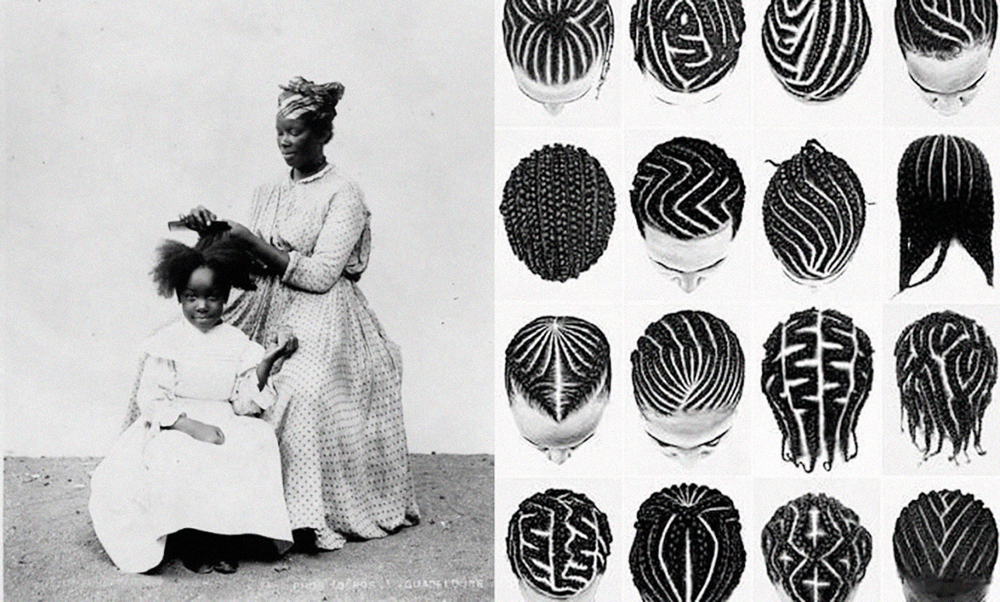
- The Caribbean slaves made hair strips on their heads, remembering the relief they had seen on the nearby marches, and with these drawings, without suspecting their masters, they formed a map for the fugitives.

The New Kingdom of Granada, the late sixteenth century. Slaves fueled for the Spanish crown, the cimarrons, were becoming more and more frequent in the Caribbean lands. When African slaves fled, the owners lost their labor; at first, from time to time. But cigarettes got better and better organized. They met in communities called Palenque or Quilombo, attacked farms and plantations to free the slaves, stole supplies, smuggled both with pirates and with European merchants… The Spaniards tried to locate and destroy palenqués through various expeditions, but the marrons and still slaves knew much better the compact bed and the steep relief of the area. That is why, on more than one occasion, the Spaniards had to negotiate with the marrons. The marrons worked better in the area, among other things because they had developed a special cartographic method, in everyone's view, but in secret.
The slaves of New Granada were not the only ones in Africa who, when they were free, retained their customs as far as possible. Elsewhere, the hairs continued to gather in braids to preserve their identity. But those Caribbean slaves gave another use to those mental drawings. Women braids each other and also allowed the slaves to move around in the vicinity of their plantations a little freer than men, as they appeared to be less dangerous. Thus, when they were able to move away from the farm, they observed the relief, the streams, the vegetation, any type of cairn … and, taking into account what was seen and what was traveled, they drew these elements in braids, without arousing suspicions from their bosses, creating a map for the fugitives.
In addition, it is said that when they made the braids, they hid among their hair seeds stolen from the plantation and then planted them in free palenques.